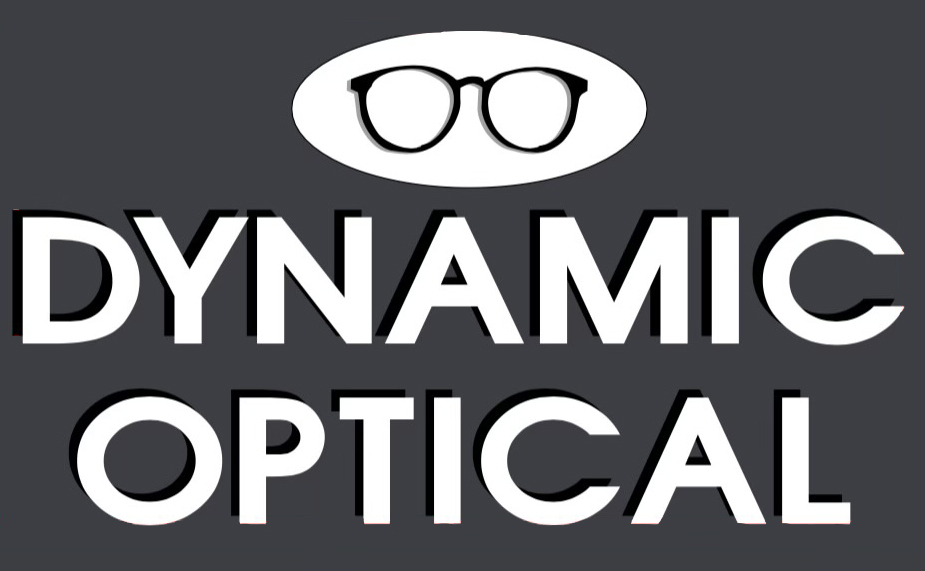The Importance of Visual Field Testing: Everything You Need to Know
Visual field testing is a crucial diagnostic tool used to evaluate the extent and severity of visual field loss. It is essential for diagnosing and managing various eye conditions such as glaucoma, macular degeneration, and optic nerve damage. In this article, we will explore the importance of visual field testing and its applications in ophthalmology.
What is Visual Field Testing?
Visual field testing is a non-invasive diagnostic procedure that evaluates the extent and severity of visual field loss. It is a measure of the entire area that can be seen when the eyes are focused on a central point. The visual field test provides an objective assessment of peripheral vision and can detect defects in the visual field that may not be noticeable to the patient.
How is Visual Field Testing Performed?
Visual field testing is performed using a special device called a perimeter. The patient is seated in front of the perimeter and instructed to focus on a central point. The perimeter then projects a series of light stimuli at different locations in the visual field, and the patient is asked to press a button every time they see a stimulus. The results of the test are then plotted on a graph, which provides a visual representation of the patient’s visual field.
Who Should Undergo Visual Field Testing?
Visual field testing is recommended for patients with suspected or diagnosed eye conditions that affect the peripheral vision. Common conditions that may require visual field testing include:
- Glaucoma
- Macular degeneration
- Optic nerve damage
- Retinal detachment
- Brain tumors or other neurological conditions
When Should Visual Field Testing be Performed?
Visual field testing should be performed as part of a comprehensive eye exam for patients at risk of developing eye conditions that affect the visual field. Patients with a family history of glaucoma, diabetes, high blood pressure, or other medical conditions that increase the risk of eye disease should undergo visual field testing on a regular basis.
Patients with diagnosed eye conditions that affect the visual field should have visual field testing performed at the time of diagnosis and at regular intervals as part of their ongoing management.
Pros and Cons of Visual Field Testing
Pros of Visual Field Testing:
- It is a non-invasive procedure that does not require any special preparation.
- It provides an objective assessment of peripheral vision.
- It can detect early signs of eye conditions that affect the visual field.
- It is an essential tool for managing and monitoring eye conditions.
Cons of Visual Field Testing:
- It can be time-consuming and may require multiple sessions.
- It may be uncomfortable for patients who have difficulty focusing or sitting still for an extended period.
- It may not be covered by insurance, and the cost can vary depending on the location and provider.
Alternatives to Visual Field Testing
There are no real alternatives to visual field testing for evaluating peripheral vision. Other diagnostic tests such as optical coherence tomography (OCT) and fundus photography can provide information about the structure of the eye but do not evaluate the visual field.
Step-by-Step Guide to Visual Field Testing
- The patient is seated in front of the perimeter and instructed to focus on a central point.
- The perimeter projects a series of light stimuli at different locations in the visual field.
- The patient is asked to press a button every time they see a stimulus.
- The test results are plotted on a graph, which provides a visual representation of the patient’s visual field.
Tips for Preparing for Visual Field Testing
- Avoid wearing contact lenses on the day of the test.
- Bring any eyeglasses or corrective lenses you normally wear.
- Inform your doctor of any medications you are taking, as some medications may affect the test results.
The Best Visual Field Testing Devices
There are several different types of visual field testing devices available on the market. The best device for a particular patient may depend on their specific needs and the type of eye condition being evaluated. Some popular visual field testing devices include:
- Humphrey Field Analyzer
- Octopus Perimeter
- Matrix Visual Field Analyzer
Conclusion
Visual field testing is a critical tool for evaluating peripheral vision and detecting early signs of eye conditions that affect the visual field. It is a non-invasive procedure that is essential for managing and monitoring eye conditions. Patients at risk of eye disease should undergo visual field testing as part of their regular eye exams, and those with diagnosed eye conditions should have visual field testing performed at regular intervals.
FAQs
- Is visual field testing painful? Visual field testing is a non-invasive procedure and is not painful.
- How long does visual field testing take? Visual field testing typically takes between 15-30 minutes per eye.
- Is visual field testing covered by insurance?Visual field testing may be covered by insurance, but the coverage may vary depending on the provider and location.
- How often should I undergo visual field testing? Patients at risk of eye disease should undergo visual field testing on a regular basis, while those with diagnosedeye conditions that affect the visual field should have visual field testing performed at regular intervals as part of their ongoing management. The frequency of testing may vary depending on the patient’s age, medical history, and the specific eye condition being evaluated.
- Can visual field testing detect all eye conditions? Visual field testing is a valuable diagnostic tool for evaluating peripheral vision and detecting early signs of eye conditions that affect the visual field. However, it may not detect all eye conditions, and other diagnostic tests may be necessary to obtain a complete picture of a patient’s eye health. It is important to consult with an eye care professional to determine the most appropriate diagnostic tests for a particular patient’s needs.

